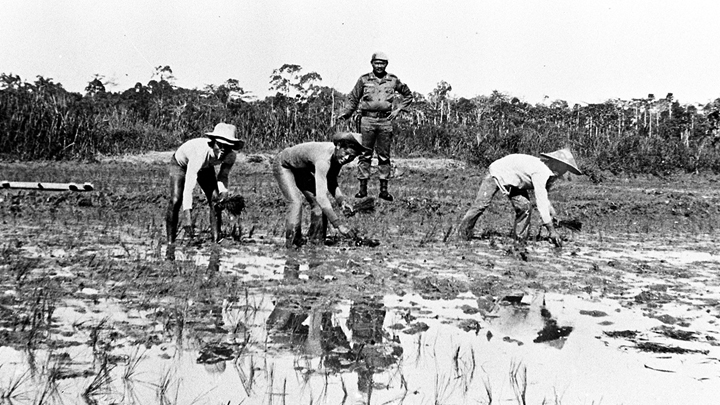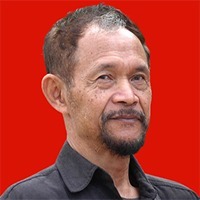Amarzan, Sokotra is Who Knows Where
Tuesday, October 1, 2019
arsip tempo : 171412213342.

When the PKI established the People’s Culture Institute, better known as Lekra, Amarzan was one of a long line of artists who lent their support to the initiative. This involvement ended up with the New Order regime detaining him and finally throwing him to Buru Island after the political melee of 1965, without a trial. In 1979, after being released and returning to Jakarta, he began working for Tempo. After a year or so struggling with his
...
Subscribe to continue reading.
We craft news with stories.
 For the benefits of subscribing to Digital Tempo, See More
For the benefits of subscribing to Digital Tempo, See More








